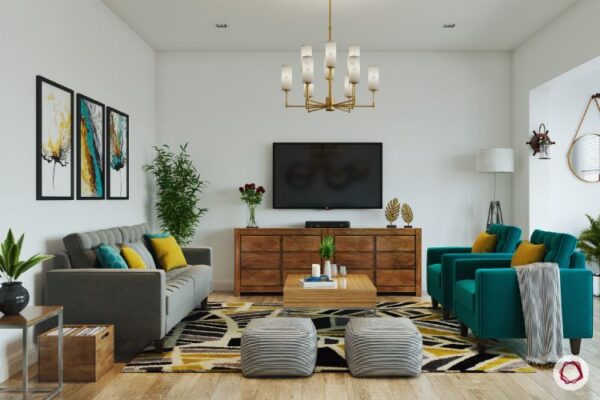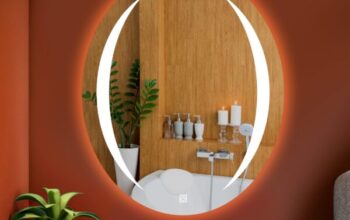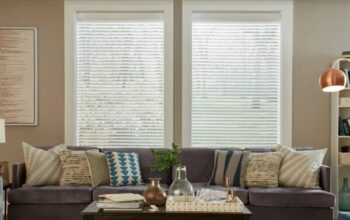Developing floor plans is one of the first natural steps to complete any space, to ensure that you know exactly what you need to make your space feel beautiful and functional. But as a starting point, it is not surprising that nailing the layout of the perfect living room – from the sofa to storage – can be scary, especially if you don’t know where to start.
Whether you start from the beginning of your design process, or just want to provide a living room layout with a fresh facelift, we are here to help with step-by-step guide. This approved designer interior tips will give you the guide you need to make the furniture settings that you like when maximizing the living room.
Step 1: Make a floor plan
And no, you don’t need a luxury computer program or architectural background to compile a useful layout! All you need is a blank sheet of paper and measuring tape. First, start by measuring all the walls of the room, including a small corner. The most important part of this exercise is that you develop images that show everything on the right scale. One trick: conversion all your measurements in “feet” to “inches” or “centimeters” when you plot it on your paper.
For example, if your room has a length of 18.5 feet and 12 feet wide, you can draw outline your room to a scale using 18.5 inches / centimeters of 12 inches / centimeters. Also, don’t forget to add the elements that don’t move like doors, windows, or built-in bookshelves, because it will be an important consideration when putting the design of your living room.
Step 2: Build a focal point
The focal point will be the center of gravity for the entire layout of your living room. Each living room is different, it is important to consider the functionality of your personal space to determine where the center of the room must lie. If your room is mainly used to watch television, then build setting seating around TV is an easy choice (same applies to sitting around the fireplace!).
If you often host and it’s important that you build a natural conversation area for guests (or, if you don’t have a television or fireplace to be used as a natural anchor), designing a seating area that facilitates easy interaction at the central location is your best betting ,
Step 3: Start with a sofa
As far as living room furniture runs, the sofa is no doubt intips. To avoid being overwhelmed by various sizes and styles to choose from, start by reviewing your focal point, and determining what type of sofa will fit into the best room and serve your needs. For example, if you like a comfortable movie night, consider sectional sofas. But if you work with a small living room, consider two or three chairs.
As a general rule, the sofa must face the wall of the focal point. If the wall is not your focal point, floating a sofa (or double-faced sofa) in the middle of the room. When choosing a specific style of sofa, it is best to consider the use and design of your aesthetics. This useful sofa fabric guide will help you land on a perfect special sofa.
Step 4: layer in accent
Accents will make your space feel intact. If you deal with television or fireplace, start by placing an accent seat on both sides of the sofa in a semi-circle setting, no more than eight feet. The coffee table must enter the middle, approximately 1.5 feet of the sofa (Tip: Consider a luxurious cocktail and layered skin if you like to delay your feet).
If you are not facing the wall, then place a good seat accent right opposite the sofa, or flank the sofa on both sides. Then, consider your small pieces. Ottoman and X-benches are amazing multi-purpose solutions for cunning storage and extra seating in an emergency. Side tables must be placed on the side of the sofa. The carpet area must be centered in the main seating setting to make the room feel made and layered.
Step 5: Play with different settings
Living room layout
Even though you have your handicraft supplies, follow the same process as you do in the first step to make small pieces of paper representing the living room furniture in your room. We like the cutout method because it allows you to move furniture and play with different layouts, rather than having to delete and restart.
After you make this, you can do the same for the new furniture you consider, to see how pieces will work together and make sure you don’t expect the size of the furniture. Still, why don’t you go next? Get inspired by the sample lights to see what makes you the most fun.
Most important: Create a room that makes you happy
Remember that this whole process is intended to help you make a space that makes you happy – the room you want. While these steps must help you start the way to the layout of the perfect living room, of course there is no right or wrong answer, as long as your space is in accordance with your lifestyle and feels beautiful.




